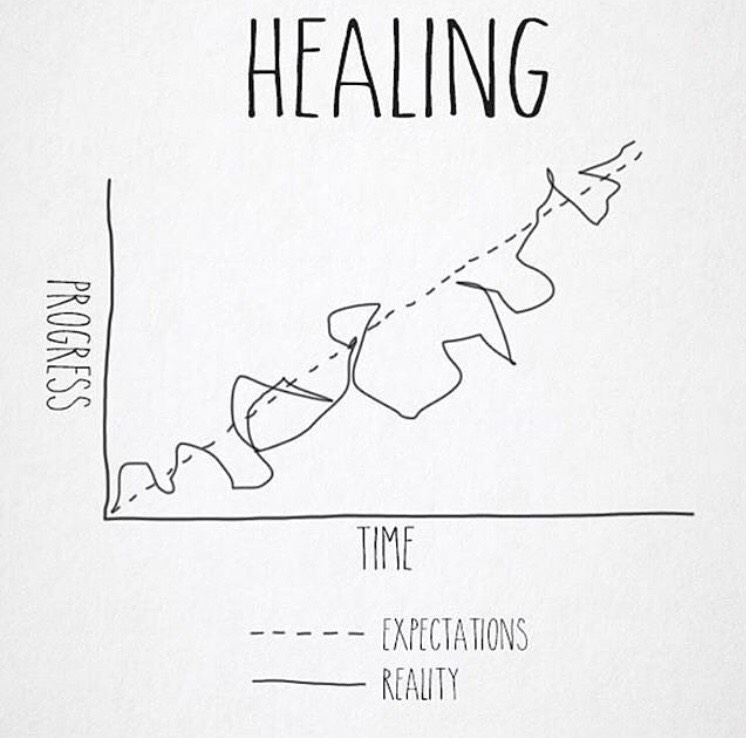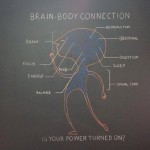There is a lot of confusion when it comes to what it is that Chiropractors do in their offices, which is mostly the fault of the profession not doing a great job educating the public. Because of that – we often have patients assume we do something at True Health that couldn’t be further from the truth.
With that in mind, I’ve compiled a list of things we don’t do at True Health Chiropractic (and like Steve Jobs, we’re proud of it):
Have You Sign a Contract
You will never have to sign a contract when you come to our office – why would you? The last time I checked, your health was up to you.
You should receive customized chiropractic care based on YOUR individual needs. This way, you have a direction where you are going, a time frame to achieve your results, and all the costs associated with your care.
Everyone is unique and has different issues affecting their care, which is why a cookie cutter approach doesn’t work. Sometimes people respond right away or may be longer depending on how long the cause has been there. Every patient does not need a 1 year care plan, nor do they all need to be seen 3x/week, then 2x/week, etc..
Use Physical Therapy Modalities
Although chiropractic school taught us how to utilize physical therapy modalities I can honestly tell you that I don’t even remember how to operate one. Furthermore, I respect the physical therapy profession enough that I’d be stepping on their toes by providing physiotherapy services that I wouldn’t even perform well. Instead, I like to focus on what I know – structural correction.
However, we do understand the importance of protecting and stabilizing the spine – and exercises may be recommended to increase strength, flexibility, and balance, and to improve structure.
Push Supplements
While we may occasionally recommend a nutritional supplement to get you the best results in the quickest amount of time – be wary of an office that “pushes” products on you – especially ones that utilizes multi-level marketing and/or want you to sign up with their company. In fact, the products offered in our office are the same ones that are used by Dr. Braglia himself and/or by his family.
Badmouth Medicine
Working collaboratively with other healthcare providers for the benefit of the patient is enriching for both the patient as well as practitioners. Our own work is often done in concert with pediatricians, midwives, surgeons, naturopaths and physical therapists.
This team approach offers patients an opportunity to get a second opinion as well as provide a different set of eyes in case there are other structural problems that need to be addressed. In addition, there are times when the issue is not a chiropractic one, and in those cases we would refer you elsewhere instead of waste your time and money by having you continue care.
See You as a Number
Are you a number or a patient? It doesn’t take long to figure this one out. Are you rushed through your appointment without the time to address questions or concerns? At True Health – we routinely monitor your progress and ask for feedback. Progress assessments give the doctor feedback as to how you are progressing and allow the doctor to adapt your care plan to how you are responding.
Tell You to Come Forever
The goal we have for each and every patient that begins care in our office is to get them to the point where they don’t need an adjustment. After all, and adjustment is such a powerful procedure when done correctly – but can delay someone’s healing if not done properly or is done too often. Following your initial phase of care, we offer recommendations to protect the investment you’ve made – but it’s up to you to continue care.
We Don’t Guess
An initial history and examination are great, and will help the doctor to form an understanding of what is going on, but it doesn’t allow you to see everything. Objective tests help monitor your care and specifically identify areas of concern. These can include spinal analysis, postural assessment, digital neuromyographic scan, and structural radiographs. These tests allow us to identify any damage, the degree of damage, and any underlying structural changes that need addressing.








